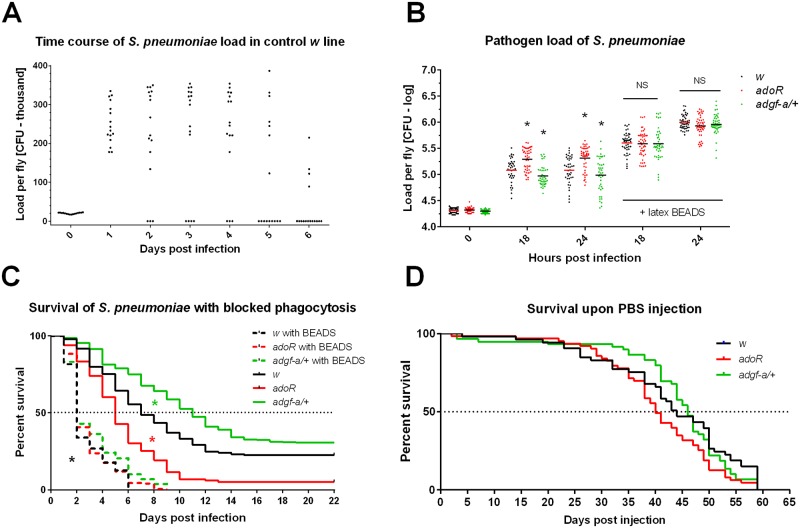Fig 1. Host survival and pathogen loads during Streptococcus pneumoniae infection.
(A) Pathogen loads of S. pneumoniae in colony forming units (CFU) per fly were determined over a span of 6 days in control w flies; each dot represents a load in one fly in linear scale (multiplied by thousand). Zero levels represent flies that cleared infection (majority at day 6). (B) Comparison of pathogen loads of S. pneumoniae at 18 and 24 hpi in flies with intact phagocytosis and in flies injected with latex beads (24 hours prior to infection) to block phagocytosis (labeled with “+ latex BEADS”). The adoR mutation (red) significantly increases and adgf-a/+ (green) significantly decreases load compared to w control (black) in flies with intact phagocytosis both at 18 and 24 hpi (marked by asterisks). Blocking phagocytosis significantly increases pathogen loads for all genotypes compared to intact phagocytosis (significance not marked) with no significant differences between genotypes (marked as NS). Loads, shown in logarithmic scale (values follow lognormal distribution), were compared with unpaired t-tests. (C) Flies with phagocytosis blocked by latex beads displayed significantly reduced survival (dashed lines, marked by black asterisk) compared to flies with intact phagocytosis (solid lines) with equal reduction for all tested genotypes. With intact phagocytosis, adoR significantly decreases (marked by red asterisk) and adgf-a/+ significantly increases (marked by green asterisk) survival compared to w control. (D) Survival of w, adoR, and adgf-a/+ genotypes are comparable when injected with mock (PBS) buffer (adoR P = 0.1059 and adgf-a/+ P = 0.5980 compared to w). Survivals were analyzed by both Log-rank and Gehan-Breslow-Wilcoxon tests.

